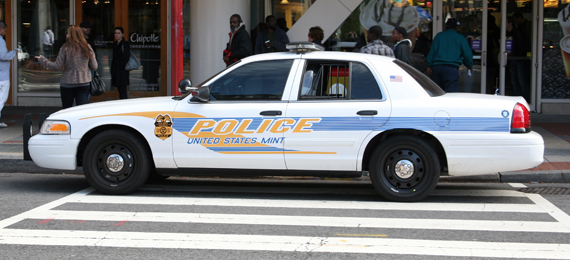
Police Codes and What They Mean
We use abbreviations in our daily life. The main purpose of this is to cut short the things we needed to say. Likewise, the police codes were first introduced in 1937 by Charles“Charlie” Hopper, Communications Director, Illinois. It was mainly introduced to reduce the use of speech on the radio because radio channels were scarce at the time. Ten-codes are also called ten signals. The police version of ten codes is called the APCO project 14 Aural Brevity code. The police codes were in use for more than 80 years. IN 2006, the US federal government said to discontinue the 10 codes in favor of everyday language but it is said that many departments are still using them.
Reason Behind 10
Hopper added 10 before the police codes so that the receiver can receive a full abbreviated message every time. It’s because early days monitors took time to decode the signal so operators missed the beginning of the messages.
What Does Police Code Mean?
Police codes are nothing but brevity codes that are made to simplify complex information. There are many types of police codes and each has a different meaning and used for different incidents, it also varies from country to country.
What Does the Code 10-1 Mean?
- A. Bad Reception/Signal Weak
- B. Unable to Copy
- C. Out of Service
- D. Signal Good
List of Police Codes and Meanings
10-0 – Use caution
10-1 – Signal weak
10-2 – Signal good
10-3 – Stop Transmitting
10-4 – Affirmative
10-6 – Relay To/From
10-7 – Out of Service
10-8 – In-service
10-9 – Say again
10-10 – Negative
Most Common Police Codes
Here are some of the most common police codes standardized by APCO (Associations of police commissions officers)
10-1 – Signal weak
10-9 – say again
10-20 – Advice to location
10-36 – Current time
10-69 – message received
10-77 – Estimated time of arrival